Dear Readers,
Autumn has begun in earnest, the fire-coloured leaves are beginning to fall, fog rolls down the hills in the mornings before dissipating in the late mornings and frosts have begun take their toll in my garden.
This week we continue our exploration of Samhain with a deep dive into the spooky history and fun traditions of trick-or-treating, games and the horror genre that shaped the evolution of Samhain and its younger cousin, Halloween. Enjoy!!
Trick or Treating
As we discovered in the previous episode, Episode 37 - Samhain Part 1: Bonfires, Divination and Ancestors, Samhain marked the end of the harvest season and the beginning of winter for the ancient Celts. The Celts, as well as the ancient Germanic and Nordic peoples believed that at this time, the boundary between the world of the living and the realm of spirits was blurred, allowing spirits and supernatural beings to roam the earth. To appease these spirits and protect themselves from harm, people would leave offerings of food and treats outside their homes. They would also go about in costumes, often wearing masks, with their clothes inside out and upside down, or cross-dressing in order to fool malevolent spirits into thinking they were spirits themselves.
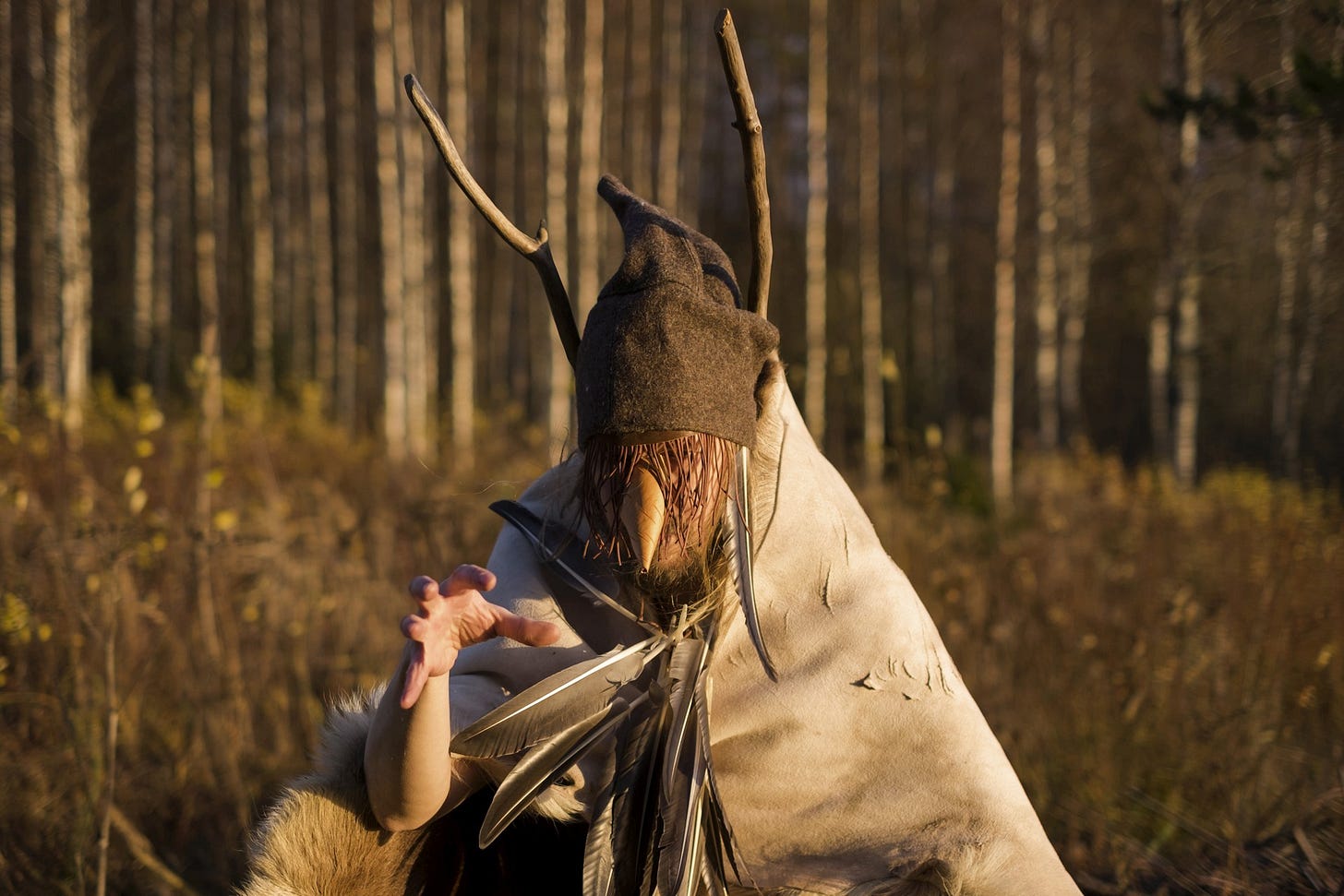
Over time, as Christianity spread and Samhain evolved into Halloween, the tradition of leaving out offerings and wearing disguises evolved into the custom of souling or guising. During the Middle Ages, on All Souls' Day (November 2nd), poor individuals known as soulers would go from house to house, offering prayers for the souls of the deceased in exchange for food, known as soul cakes. This practice eventually merged with Samhain traditions, and children began dressing up in costumes and going door to door, offering to perform tricks or songs in exchange for treats.
The short (2:43 mins) video features Manx children trick-or-treating and singing a traditional Manx Hop-tu-naa song:
Many places across the British Isles, particularly in northern England and Scotland also celebrated Samhain with practical jokes, pranks and acts of vandalism usually carried out by roaming groups of young men. Instead of Samhain, in some places it was called Mischief Night and involved various customs such as knocking down doors with stolen cabbages in northern Scotland, or as recorded on the east coast of Sutherland and in the Hebrides:
thumping doors and blowing the smoke of burning cabbage-stalks through key-holes; stopping up chimney pipes; letting horses out of stables; or pretending to break windows by smashing bottles against nearby walls.
The modern form of trick-or-treating as we know it today became popular in the United States in the early 20th century, largely due to the influence of Irish and Scottish immigrants who brought their Halloween customs with them. By the 1930s, trick-or-treating had become a widespread tradition, particularly among children, who would go door to door in their neighbourhoods, dressed in costumes, and collect candy and treats from their neighbours.
I’m half Canadian and I remember with great fondness the fun of Halloween. I also remember the ditty that children used to sing, though I was never game enough to say it (it was just too rude):
Trick or treat, smell my feet, give me something good to eat;
If you don’t I don’t care, I’ll pull down your underwear.
Here’s a less rude and more traditional rhyme from Canada:
Trick or treat, smell my feet, give me something good to eat;
Not too big, not too small, just the size of Montreal (or Donegal for Irish trick-or-treaters)
Some other traditional rhymes from Ireland include:
Halloween is coming, and the goose is getting fat. Would you please put a penny in the old man’s hat? - if you haven’t got a penny, a ha’penny will do. If you haven’t got a ha’penny, God bless you and your old man too
Trick or treat, give something sweet; then I’ll go away and let you sleep.
We’re the beggars of the street. Do we trick or do you treat?



In Australia, celebrating Halloween with trick or treating is becoming increasingly popular even though it is celebrated during our Spring in October/November (at the time of Beltane in Australia) and not during the more seasonally appropriate time between April 30 and May 1. You can learn more about this in a previous episode, Episode 20 - Beltane (Air): Beltane vs Halloween and Walpurgis Night, where I describe the spring-themed costumes and decorations I use for trick-or-treating during the Southern Hemisphere’s spring season.
Although it is unlikely that my small efforts to celebrate seasonally will lead to widespread cultural change, it is still fun to celebrate Samhain/Halloween on the 30th of April, at home. My house is decorated for the spooky season, Jack-O-Lanterns are carved, barmbrack scone soul cakes are baked and a place is set at the Samhain feasting table for our ancestors and loved ones who have passed. Maybe one day, I’ll incorporate some Samhain or Halloween games for even more fun memories.

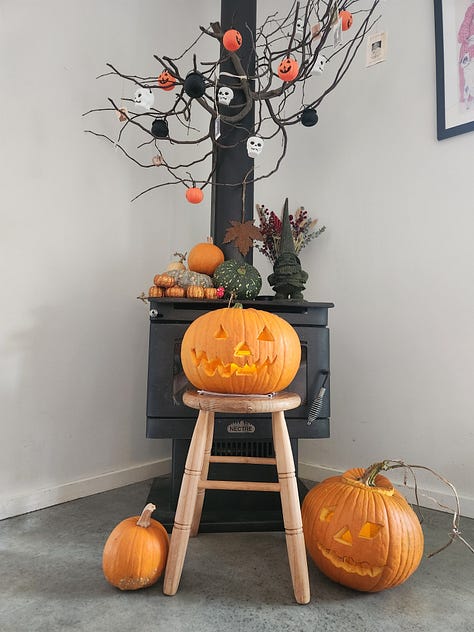

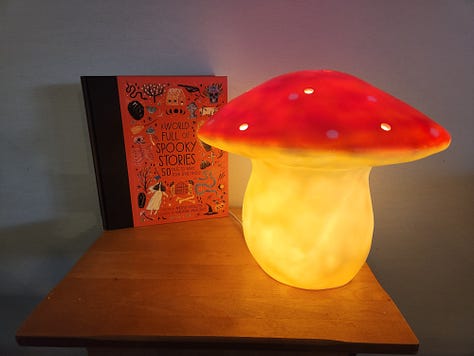
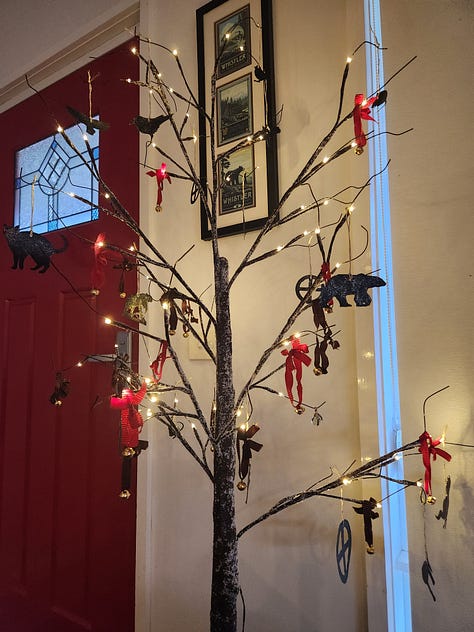



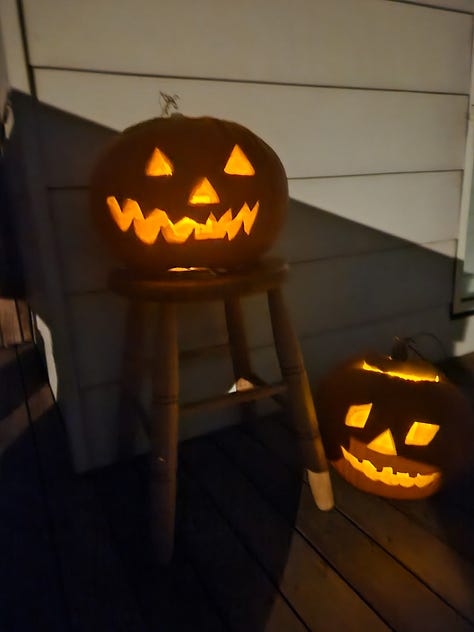
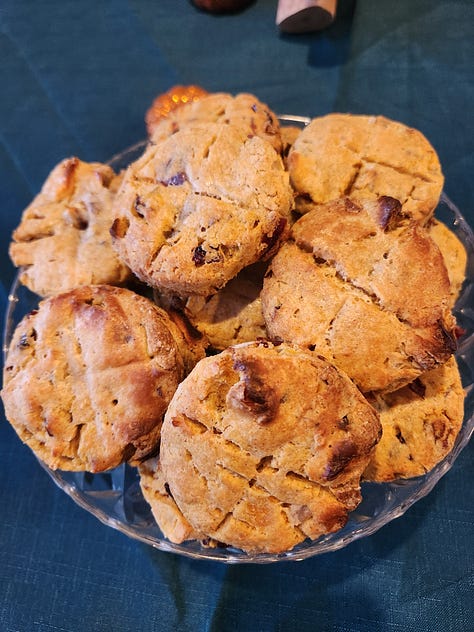
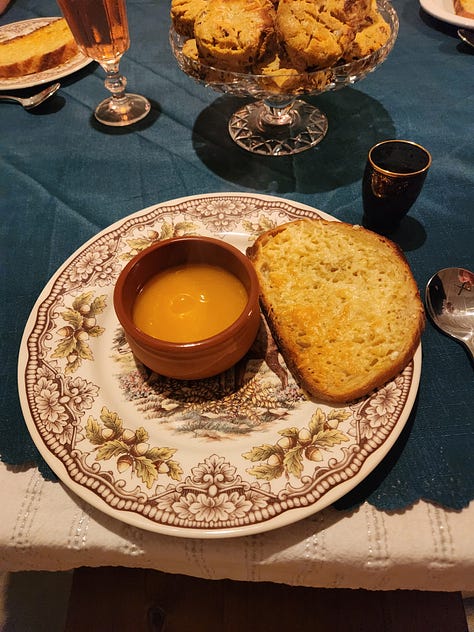
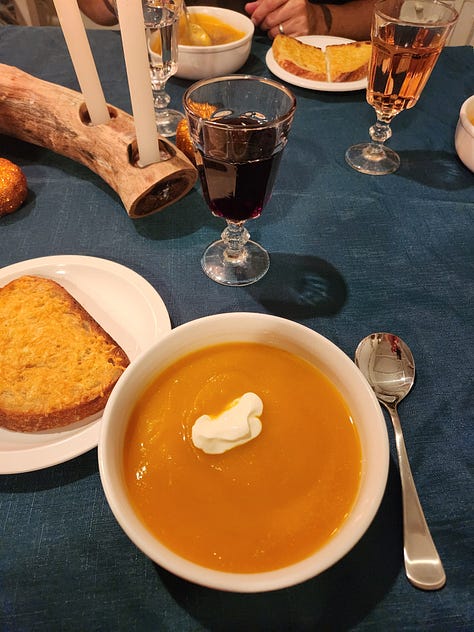
Halloween Games
There are few Halloween games as well-known, or as old as apple bobbing. Called apple dooking in Scotland, the game originated from Celtic traditions associated with divination during Samhain. Apples were considered sacred and were associated with the Otherworld, the realm of spirits and supernatural beings.
The game typically involved filling a large tub or basin with water and floating apples on the surface. Participants would then try to retrieve an apple using only their teeth, without using their hands. The first person to successfully grab an apple was said to be the next to marry or would have good fortune in the coming year.


Over time, apple bobbing became associated with Halloween, as it was incorporated into the festivities brought to the United States by Irish and Scottish immigrants. These days, the game of apple bobbing has fallen out of fashion due to concerns about hygiene and communicable diseases.
Another popular traditional Halloween game was called snap-apple or snap dragon and involved participants trying to retrieve raisins or other small objects from a bowl of burning alcohol. As you can imagine, this rather dangerous game fell out of fashion more quickly than apple bobbing, although it is sometimes still played in some regions, usually involving some ‘Dutch courage’ first.
Harvest festivals and community events held close to Samhain/Halloween often organised competitions such as pumpkin or root vegetable carving and some communities or families enjoy creating a haunted house or maze to scare participants who were often rewarded with treats. Then there’s costume contests, where participants compete for the best costume based on creativity, originality, or theme; party games like ‘pin the hat on the witch’ or ‘pin the tail on the black cat’; and spooky storytelling where participants gather around to share scary tales or listen to ghost stories.
The Rise of Horror
Ghosts, spirits, and malevolent beings from the Otherworld have always been associated with Samhain, and morphed into demons and witches as Christian belief influenced the evolution of Halloween. So it’s no surprise that horror became associated with Halloween through a combination of historical, cultural, and commercial influences.
In literature and folklore, Halloween became a popular theme for stories and legends featuring ghosts, witches, monsters, and other supernatural creatures. Gothic literature of the 18th and 19th centuries, with its themes of mystery, fear, and the macabre, further solidified the connection between Halloween and horror. Authors like Edgar Allan Poe, Mary Shelley, and Bram Stoker created iconic works that explored themes of darkness, death, and the unknown, setting the stage for the modern horror genre.

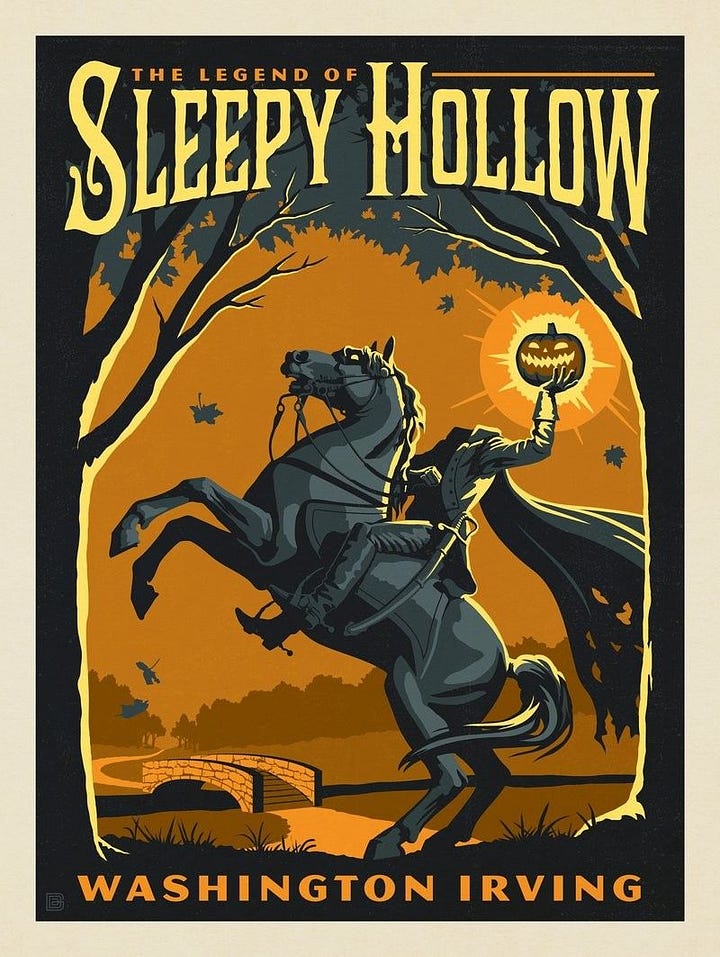
In the 20th century, the rise of mass media, including film, television, and literature, helped popularise horror as a genre and cemented its association with Halloween. Classic horror films like Dracula, Frankenstein, and Psycho became Halloween staples, while horror-themed television specials and Halloween-themed episodes introduced new generations to the genre. Commercialisation also played a significant role, as Halloween became increasingly synonymous with horror costumes, decorations, haunted attractions, and other elements of horror-themed entertainment.
Although Victorian or vintage horror retains some Otherworldly elements that lend themselves to the original spirit (excuse the pun) of Samhain, modern horror is rather more disturbing. Displays of horrific violence and glorification of psychotic characters is a problematic aspect of modern Samhain or Halloween celebrations. Luckily for us in the southern hemisphere, celebrating Samhain/Halloween in April means we can bypass the horror and go straight to the heart of the season. There is something precious about taking time to celebrate the last harvests, the end of summer, the icons of Autumn, and the liminal time, as well as honouring our dearly departed, our ancestors, and enjoying the frisson of closeness with the Otherworld.
I hope you enjoyed this week’s exploration of the history of trick or treating, the fun of Halloween games and the rise of Halloween horror. Next week we’ll explore the fascinating history of Jack-O-Lantern. In the meantime:
When black cats prowl and pumpkins gleam, may luck be yours on Halloween!
See you next week for Episode 39 - Samhain Part 3: Jack-O-Lantern.


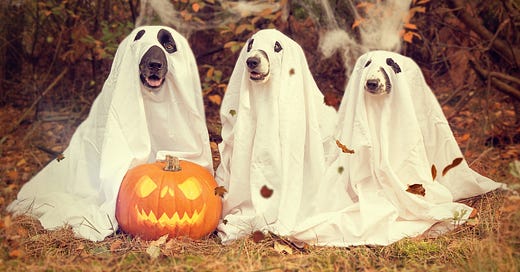


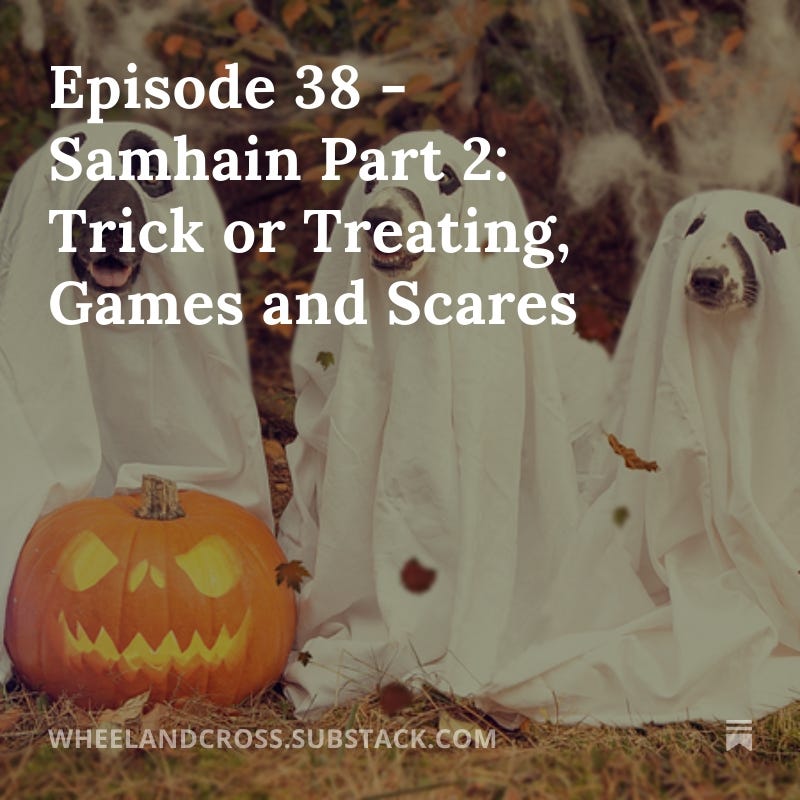





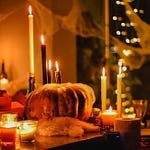




Share this post